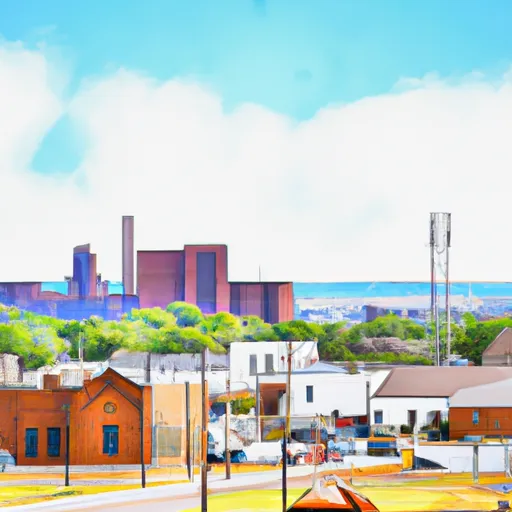°F
°F
mph
Windspeed
%
Humidity











Liverpool is a small rural town located in Brazoria County, Texas, with a population of approximately 500 residents. The climate in Liverpool is characterized as humid subtropical, with hot and humid summers and mild winters. Summers are typically hot, with temperatures often exceeding 90°F, while winters are mild, with average temperatures ranging from the mid-40s to low 60s.
Hydrologically, Liverpool is situated near the mouth of the Brazos River, one of the largest rivers in Texas. The area is surrounded by wetlands and prairies, providing a diverse ecosystem for various wildlife and bird species. The Brazos River offers opportunities for fishing, boating, and kayaking, attracting outdoor enthusiasts to Liverpool. Additionally, the nearby coastal areas provide access to stunning beaches, perfect for swimming, picnicking, and sunbathing.
Liverpool offers a serene and peaceful environment for nature lovers and those seeking outdoor recreation. Whether exploring the wetlands, fishing in the Brazos River, or enjoying the nearby coastal activities, visitors and residents alike can indulge in the natural beauty and tranquility that Liverpool, Texas has to offer.
Weather Forecast
Liverpool receives approximately 1332mm of rain per year, with humidity levels near 83% and air temperatures averaging around 21°C. Liverpool has a plant hardyness factor of 9, meaning plants and agriculture in this region tend to thrive here all year round.
Regional Streamflow Levels
260
Cubic Feet Per Second
855
Cubic Feet Per Second
28
Cubic Feet Per Second
4,840
Cubic Feet Per Second
Nearby Camping
| Camping Area | Reservations | Toilets | Showers |
|---|---|---|---|
| Camp Mohawk County Park | |||
| Ratcliff Lake | |||
| Lake Houston Wilderness Park | |||
| Mission Tejas State Park | |||
| Double Lake | |||
| Wolf Creek Park - Lake Livingston |



